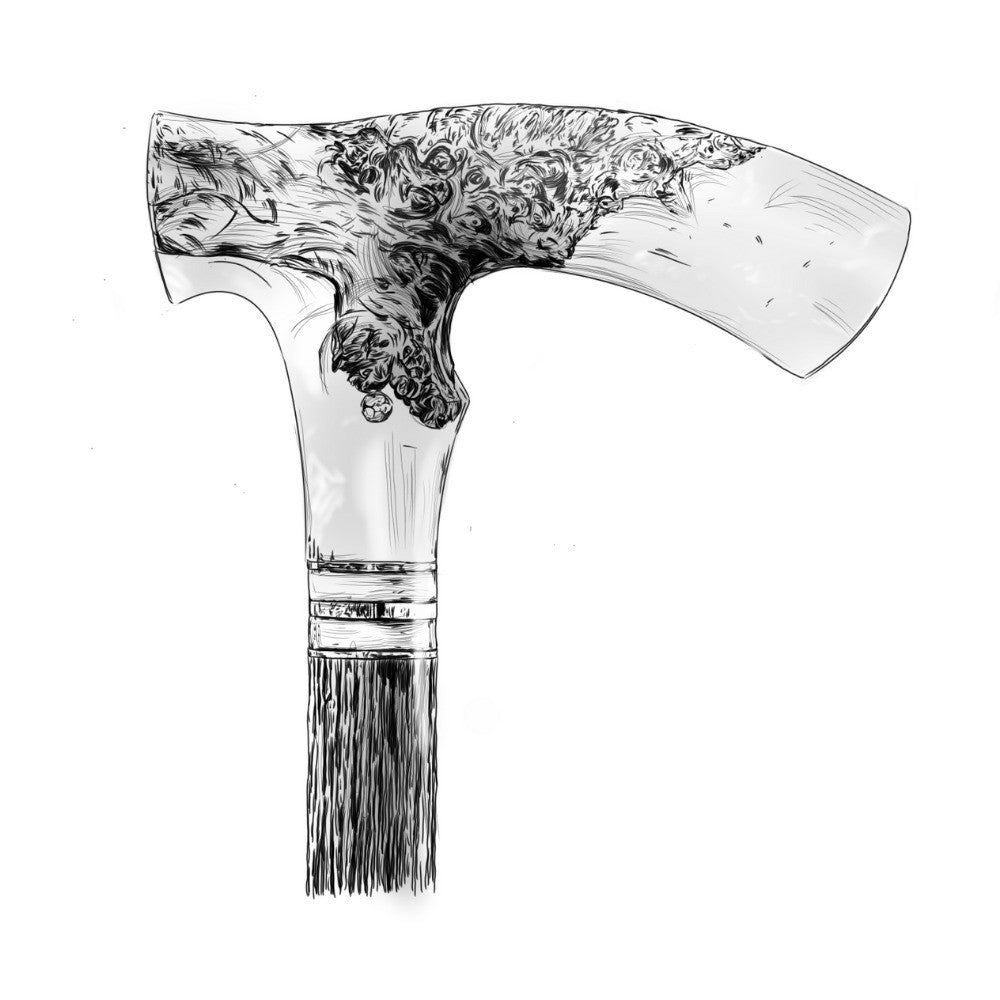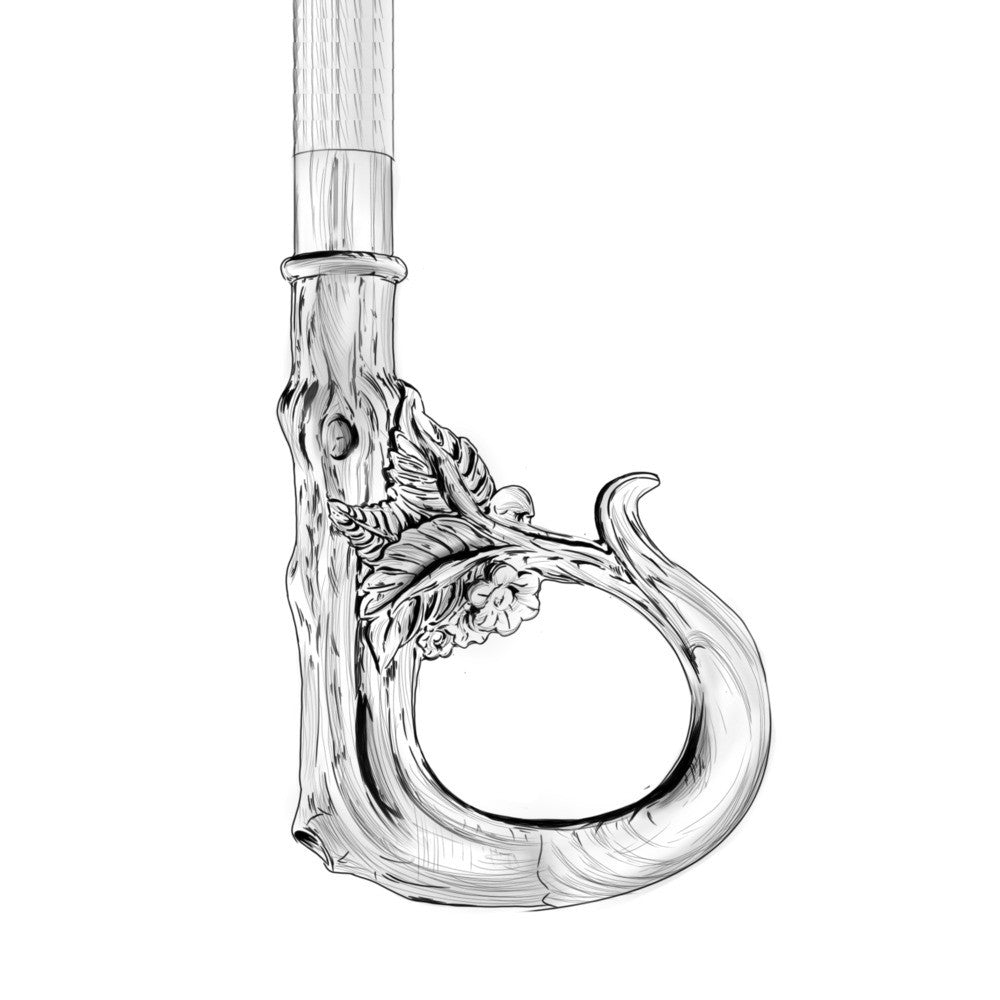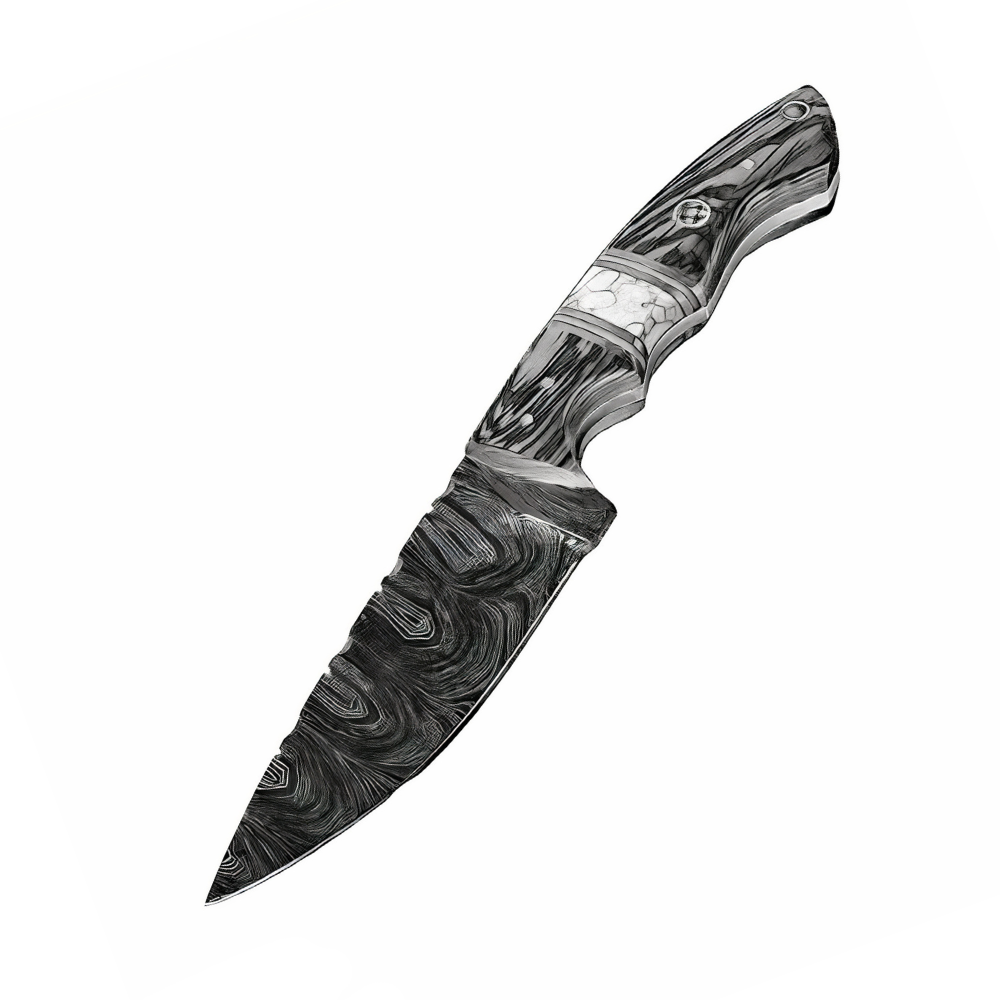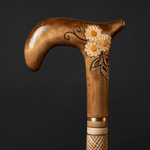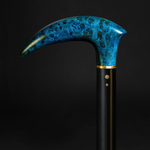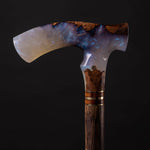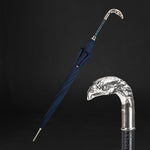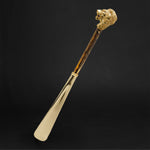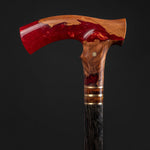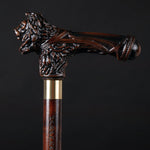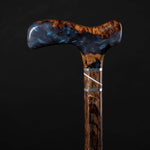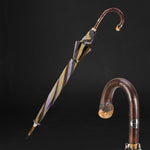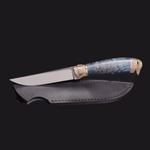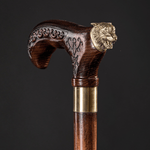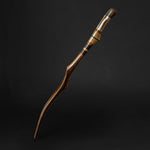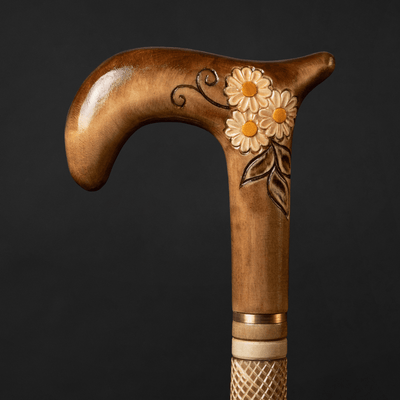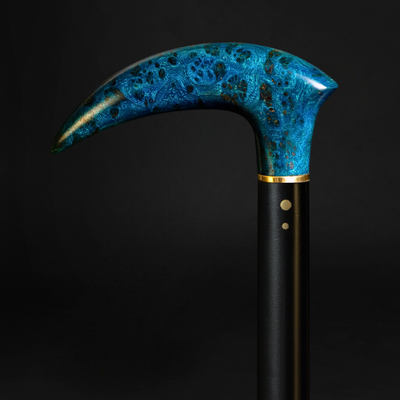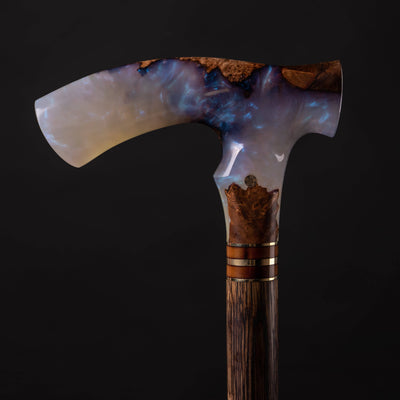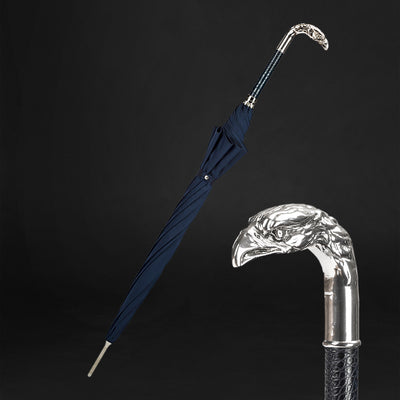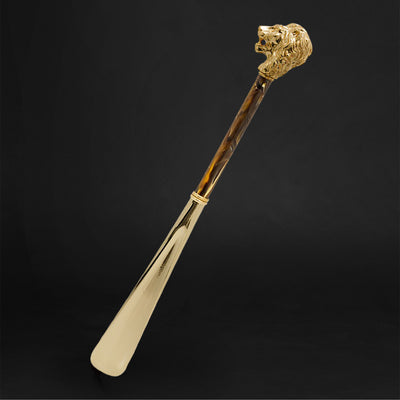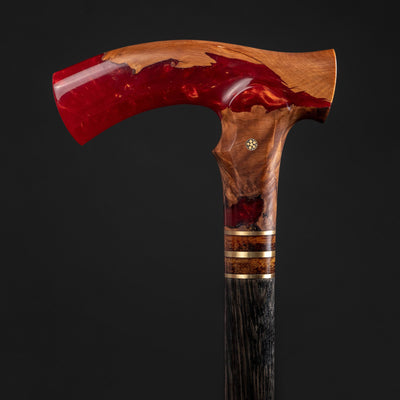You have no items in your shopping cart.
Recent Posts
-
The Art of Christmas Design: Walking Canes That Celebrate the Season in Style
-
How an Ergonomic Walking Cane Handle Prevents Hand and Wrist Strain?
-
How to Walk With a Cane Correctly to Avoid Back or Shoulder Strain?
-
5 Common Mistakes People Make When Buying a Walking Cane (and How to Avoid Them)
-
How to Choose a Walking Cane That Reflects Your Personality (Not Just Your Needs)?
-
Walking Canes That Match Formalwear for Weddings and Events
MOST POPULAR NOW
12
Aug
Walking stick is a beautiful accessory, but it also helps you to keep your balance. In this blog we want to answer this question: "Does walking stick help arthritis?"
Does walking stick help arthritis?
If you have arthritis, whether osteoarthritis or inflammatory arthritis, you might have thought about getting a cane or other assistive device to make everyday tasks easier.

There’s no doubt that canes can be beneficial for people with arthritis: One study even found that using a cane can actually help reduce the disease progression of OA. But how do you know when it’s time to get one?
The use of cane is suggested in patients with chronic pain, balance, or gait issues. Canes are used to reduce the weight bearing for the arthritic joint, thereby reducing pain, or to assist with balance when the balance problem is due to impaired sensation and/or mild leg weakness.
Even though osteoarthritis and inflammatory types like rheumatoid arthritis affect the body in different ways, the symptoms that lead patients to get a cane are similar.
The use of cane is suggested in patients with chronic pain, balance, or gait issues. Canes are used to reduce the weight bearing for the arthritic joint, thereby reducing pain, or to assist with balance when the balance problem is due to impaired sensation and/or mild leg weakness.
Even though osteoarthritis and inflammatory types like rheumatoid arthritis affect the body in different ways, the symptoms that lead patients to get a cane are similar.
When used correctly, the right cane improves balance and reduces the risk of falling by widening the base of support, as well as decreasing weight on lower-body joints like the hips, knees, ankles and feet.
While canes come in many materials, colors and handle types, it’s most important to choose the right cane type and size for you, to provide the best function and safety.
While canes come in many materials, colors and handle types, it’s most important to choose the right cane type and size for you, to provide the best function and safety.
The most common types of canes are single-point, and quad- or three-point canes. Most people with arthritis only need single-point canes. Those with a neurological impairment, significant weaknesses or balance limitations are best suited to quad canes, because they can handle more weight.
When being fitted, wear your walking shoes and stand tall with your arms at your sides. The top or curve of the cane should hit at the crease in your wrist. If the cane is too high, you won’t get the support you need. A cane that is too low will cause slumping.
When being fitted, wear your walking shoes and stand tall with your arms at your sides. The top or curve of the cane should hit at the crease in your wrist. If the cane is too high, you won’t get the support you need. A cane that is too low will cause slumping.
Hold your cane on your strong side and move the cane with the weak side. When walking, place it about two inches in front or to the side of you, not way out in front. Move the affected leg and the cane together, so that each side shares the load.
Using the cane in the hand opposite your weakness shifts your body weight to the stronger side.
Using the cane in the hand opposite your weakness shifts your body weight to the stronger side.
To climb stairs, move your good leg first. Follow with your affected leg and cane simultaneously. When going down stairs, start with the cane, then put your weak leg forward, and follow with your good leg.
Also Purchased
-
Beige Walking Cane for Ladies Chamomile Flower, Wooden Walking Stick
Introducing our beautiful Beige Walking Cane for Ladies with Chamomile Flower, a Wooden Walking Stick that is hand carved and handmade, making it both pretty and unique. This walking cane...$90.00$79.50 -
Exotic Burl Wood Walking Cane – Fashionable Artisan Stick
A sculptural statement in deep, oceanic blue — this walking cane is more than a support accessory, it's wearable art. Meticulously hand-shaped from stabilized burl wood, the handle evokes the...$425.00 -
ArtWalkingSticks™ MAGIC Walking Cane, Handmade - Make to Order
This piece of art is created for those who value details. We make one of a kind, handcrafted wood and resin canes. Our Wooden Canes are completely unmatched in creativity....$430.00 -
Umbrella with Eagle Handle, Fashion Umbrella For Men
Make a bold and fashionable statement with our Umbrella with Eagle Handle - a unique and functional accessory designed for men. The striking eagle handle is the highlight of this...$325.00 -
Fashionable Lion Shoehorn Long Handle, Pearly Brown Shaft, Handmade
Introducing our Fashionable Lion Shoehorn, a handcrafted, long-handled shoe horn with a pearly brown shaft that's both stylish and practical. The intricate Lion design adds a touch of elegance to...$240.00 -
ArtWalkingSticks™ MAGIC Red Walking Cane - Unisex, Handmade
This piece of art is created for those who value details. We make one of a kind, handcrafted wood and resin canes. Our Wooden Canes are completely unmatched in creativity....$425.00
